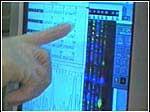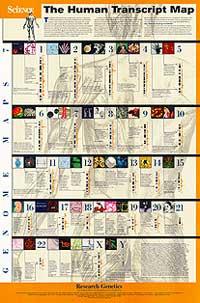Faster processing of the genetic map

For the search for disease-related genes, researchers routinely use laboratory mice, which provide sharper measurements than humans. Growing hundreds or thousands of mice seek genetic indicators related to characteristics such as obesity or high cholesterol. Association models allow identifying certain parts of the mouse genome associated with the feature. Achieving this result, however, is a very heavy and lengthy job that requires years to know the approximate situation of a gene.

Now, Gary Peltz and his team have presented a way to accelerate the process. The researchers collected in 15 mouse varieties a database with 3,000 genetic indicators called mononucleotide polymorphisms (SNPs). An algorithm was then invented to locate the features. To do this, the researchers looked for a specific feature in each mouse variety (for example, cholesterol level) and saw how it varied according to the variety. Subsequently, the algorithm analyzed variety pairs and looked for the same SNP models among similar phenotypes. A greater variety of varieties analyzed, greater prediction.
To test the efficacy of the algorithm, data of 10 known characteristics were introduced in the program, including bone density and the tendency to alcohol consumption. Subsequently, the spaces provided by the computer were compared with the map obtained with the traditional method and were observed to coincide by 75%.
This result is not yet as satisfying as expected, so they will continue to work on its improvement. However, they believe that someday it will serve to quickly locate mutations that explain the differences between phenotypes.
Buletina
Bidali zure helbide elektronikoa eta jaso asteroko buletina zure sarrera-ontzian











